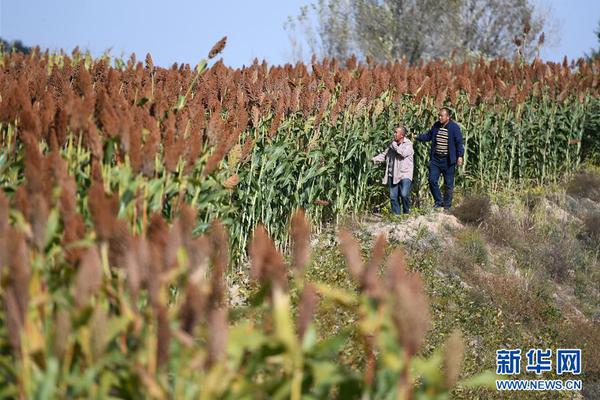
1. The function of the gearbox is: 1. Change the transmission ratio and expand the drive wheel torque and speed The scope of change. 2. When the direction of engine rotation remains unchanged, the car can drive backwards. 3. Use the idle gear, inInterrupt power transmission, so that the engine can start and change speed, and facilitate the transmission to shift gears or power output.
2. The main functions of the gearbox are as follows: change the transmission ratio, expand the range of change of drive wheel torque and speed to adapt to frequently changing driving conditions, and make the engine work under favorable working conditions. When the direction of engine rotation remains unchanged, the car can drive backwards.
3. The gearbox consists of two parts: the variable speed transmission mechanism and the variable speed control mechanism. The main function of the variable-speed transmission mechanism is to change the numerical value and direction of torque and rotational speed; the main function of the control mechanism is to control the transmission mechanism to realize the transformation of the transmission ratio of the transmission, that is, to achieve variable speed and torque.
4. The functions of the gearbox are: 1. Change the transmission ratio to expand the torque and speed range of the drive wheel.When the direction of engine rotation remains unchanged, the car can drive backwards. Interrupt the power transfer with neutral gear, let the engine start and shift gears, which is convenient for the transmission to shift or output power.
5. Change the transmission ratio and expand the range of drive wheel torque and speed to adapt to the changing driving conditions. At the same time, make the engine work under favorable conditions (higher speed and lower fuel consumption). Under the condition that the direction of engine rotation does not change, the car can reverse.
6. Transmission ratio stepper transmission is the most widely used at present. It adopts gear transmission and has several fixed transmission ratios. According to the different wheel types used, there are two types: axial fixed transmission (ordinary transmission) and axial rotary transmission (planetary gear transmission).
More fuel-efficient and more environmentally friendly: CVT gearbox can reasonably choose the most appropriate transmission ratio according to the engine conditions, so that the vehicle can achieve excellent fuel economy at all speeds. The transmission efficiency of many CVT gearboxes can reach between 90-97%.
Manual transmission: Manual transmission is the earliest transmission, which achieves speed change by manually operating the clutch and shift lever. The advantages of the manual transmission are simple structure and low maintenance cost. Drivers can control the speed according to their own driving habits and road conditions.
Advantages: There is basically no sense of jerking in gear shifting, the output is linear and smooth, and the fuel economy is better than that of ordinary automatic transmission. Disadvantages: The force that the transmission steel belt can withstand is limited. Of course, with the progress of science and technology, the problem of the bearing capacity of the steel belt is also being solved.
The gearbox is composed of a variable-speed transmission mechanism and a control mechanism, and some cars also have a power output mechanism. Most of the transmission mechanisms are used by ordinary gears, and some are used by planetary gears. Ordinary gear transmission variable speed mechanism generally uses sliding gears and synchronizers, etc.
1. Change the transmission ratio to expand the torque and speed range of the drive wheel. When the direction of engine rotation remains unchanged, the car can drive backwards. Interrupt the power transfer with neutral gear, let the engine start and shift gears, which is convenient for the transmission to shift or output power. The transmission is composed of a variable speed transmission mechanism and a control mechanism.
2. The function of the gearbox is: 1. Change the transmission ratio and expand the range of change of the drive wheel torque and speed. 2. When the direction of engine rotation remains unchanged, the car can drive backwards. 3. Use the idle gear to interrupt the power transmission, so that the engine can start, change the speed, and facilitate the transmission to shift or output power.
3. The functions of the gearbox are as follows: change the transmission ratio and expand the range of change of drive wheel torque and speed. When the direction of engine rotation remains unchanged, the car can drive backwards. Use the idle gear to interrupt the power transmission, so that the engine can start, change speed, and facilitate the transmission to shift or output power.
Car transmissions are classified as hydraulic automatic transmission (AT), mechanical stepless automatic transmission (CVT), electronically controlled mechanical automatic transmission (AMT), and dual clutch transmission (DSG). AT is composed of a hydraulic torque converter, a planetary gear and a hydraulic control system, which achieves variable speed torque through a combination of hydraulic transmission and gear.
SteamCar transmission can be generally divided into two categories: manual transmission and automatic transmission, among which manual transmission can be divided into ordinary manual transmission and dual-clutch manual transmission; automatic transmission can be divided into conventional automatic transmission, CVT transmission and dual-clutch automatic transmission.
There are five types of transmission, namely: AT transmission, which is a hydraulic automatic transmission; CVT transmission, which is a mechanical stepless automatic transmission; AMT transmission, which is an electronically controlled mechanical automatic transmission; a dual-clutch transmission, which has two sets of clutches inside the gearbox; and a manual transmission.
Common transmission types include manual transmission and automatic transmission, and automatic transmission include CVT transmission, AT transmission, AMT transmission, dual-clutch transmission, etc. The main role of the gearbox on the car is to amplify the torque, adjust the speed, reverse, interrupt the power, etc.
1. Dual-clutch transmission Manual transmission Manual transmission is the most traditional and oldest transmission. It has the characteristics of simple structure, low cost, high transmission efficiency and high reliability. Although the operation is relatively complex, it is still favored by consumers who love control.
2. There are 5-speed manual transmission and 6-speed manual transmission. Mechanical gearbox: Most AMT gearboxes use electric hydraulic actuators to control the clutch and shift fork. Hydraulic automatic transmission: This gearbox consists of a hydraulic torque converter, a planetary gear mechanism, a hydraulic control system and an electronic control system.
3. There are five different types of gearboxes, namely At gearbox, CVT gearbox, AMT gearbox, dual-clutch gearbox and manual gearbox.At gearbox At gearbox is a hydraulic automatic transmission.
4. The transmission is roughly divided into manual transmission, manual automatic transmission/ordinary automatic transmission, CVT continuously variable transmission/CVT transmission with gears, dual-clutch transmission, sequential transmission, etc. Stepper transmission: Stepper transmission is the most widely used one. Gear transmission is adopted, and there are multiple fixed transmission ratios.
5. There are two types of transmission, which can be divided into manual and automatic. From the mechanism, there are: manual transmission, ordinary automatic transmission, CVT stepless transmission, dual clutch transmission, serial transmission (AMT). The gearbox, as the name implies, plays the role of changing the speed and torque of the car.
6. The gearbox is divided into 5 types. There are five types of gearboxes, namely: AT gearbox and hydraulic automatic transmission;CVT transmission is a mechanical stepless automatic transmission; AMT transmission is an electronically controlled mechanical automatic transmission; dual-clutch transmission, there are two sets of clutches inside the gearbox; manual transmission.
How to ensure trade compliance audits-APP, download it now, new users will receive a novice gift pack.
1. The function of the gearbox is: 1. Change the transmission ratio and expand the drive wheel torque and speed The scope of change. 2. When the direction of engine rotation remains unchanged, the car can drive backwards. 3. Use the idle gear, inInterrupt power transmission, so that the engine can start and change speed, and facilitate the transmission to shift gears or power output.
2. The main functions of the gearbox are as follows: change the transmission ratio, expand the range of change of drive wheel torque and speed to adapt to frequently changing driving conditions, and make the engine work under favorable working conditions. When the direction of engine rotation remains unchanged, the car can drive backwards.
3. The gearbox consists of two parts: the variable speed transmission mechanism and the variable speed control mechanism. The main function of the variable-speed transmission mechanism is to change the numerical value and direction of torque and rotational speed; the main function of the control mechanism is to control the transmission mechanism to realize the transformation of the transmission ratio of the transmission, that is, to achieve variable speed and torque.
4. The functions of the gearbox are: 1. Change the transmission ratio to expand the torque and speed range of the drive wheel.When the direction of engine rotation remains unchanged, the car can drive backwards. Interrupt the power transfer with neutral gear, let the engine start and shift gears, which is convenient for the transmission to shift or output power.
5. Change the transmission ratio and expand the range of drive wheel torque and speed to adapt to the changing driving conditions. At the same time, make the engine work under favorable conditions (higher speed and lower fuel consumption). Under the condition that the direction of engine rotation does not change, the car can reverse.
6. Transmission ratio stepper transmission is the most widely used at present. It adopts gear transmission and has several fixed transmission ratios. According to the different wheel types used, there are two types: axial fixed transmission (ordinary transmission) and axial rotary transmission (planetary gear transmission).
More fuel-efficient and more environmentally friendly: CVT gearbox can reasonably choose the most appropriate transmission ratio according to the engine conditions, so that the vehicle can achieve excellent fuel economy at all speeds. The transmission efficiency of many CVT gearboxes can reach between 90-97%.
Manual transmission: Manual transmission is the earliest transmission, which achieves speed change by manually operating the clutch and shift lever. The advantages of the manual transmission are simple structure and low maintenance cost. Drivers can control the speed according to their own driving habits and road conditions.
Advantages: There is basically no sense of jerking in gear shifting, the output is linear and smooth, and the fuel economy is better than that of ordinary automatic transmission. Disadvantages: The force that the transmission steel belt can withstand is limited. Of course, with the progress of science and technology, the problem of the bearing capacity of the steel belt is also being solved.
The gearbox is composed of a variable-speed transmission mechanism and a control mechanism, and some cars also have a power output mechanism. Most of the transmission mechanisms are used by ordinary gears, and some are used by planetary gears. Ordinary gear transmission variable speed mechanism generally uses sliding gears and synchronizers, etc.
1. Change the transmission ratio to expand the torque and speed range of the drive wheel. When the direction of engine rotation remains unchanged, the car can drive backwards. Interrupt the power transfer with neutral gear, let the engine start and shift gears, which is convenient for the transmission to shift or output power. The transmission is composed of a variable speed transmission mechanism and a control mechanism.
2. The function of the gearbox is: 1. Change the transmission ratio and expand the range of change of the drive wheel torque and speed. 2. When the direction of engine rotation remains unchanged, the car can drive backwards. 3. Use the idle gear to interrupt the power transmission, so that the engine can start, change the speed, and facilitate the transmission to shift or output power.
3. The functions of the gearbox are as follows: change the transmission ratio and expand the range of change of drive wheel torque and speed. When the direction of engine rotation remains unchanged, the car can drive backwards. Use the idle gear to interrupt the power transmission, so that the engine can start, change speed, and facilitate the transmission to shift or output power.
Car transmissions are classified as hydraulic automatic transmission (AT), mechanical stepless automatic transmission (CVT), electronically controlled mechanical automatic transmission (AMT), and dual clutch transmission (DSG). AT is composed of a hydraulic torque converter, a planetary gear and a hydraulic control system, which achieves variable speed torque through a combination of hydraulic transmission and gear.
SteamCar transmission can be generally divided into two categories: manual transmission and automatic transmission, among which manual transmission can be divided into ordinary manual transmission and dual-clutch manual transmission; automatic transmission can be divided into conventional automatic transmission, CVT transmission and dual-clutch automatic transmission.
There are five types of transmission, namely: AT transmission, which is a hydraulic automatic transmission; CVT transmission, which is a mechanical stepless automatic transmission; AMT transmission, which is an electronically controlled mechanical automatic transmission; a dual-clutch transmission, which has two sets of clutches inside the gearbox; and a manual transmission.
Common transmission types include manual transmission and automatic transmission, and automatic transmission include CVT transmission, AT transmission, AMT transmission, dual-clutch transmission, etc. The main role of the gearbox on the car is to amplify the torque, adjust the speed, reverse, interrupt the power, etc.
1. Dual-clutch transmission Manual transmission Manual transmission is the most traditional and oldest transmission. It has the characteristics of simple structure, low cost, high transmission efficiency and high reliability. Although the operation is relatively complex, it is still favored by consumers who love control.
2. There are 5-speed manual transmission and 6-speed manual transmission. Mechanical gearbox: Most AMT gearboxes use electric hydraulic actuators to control the clutch and shift fork. Hydraulic automatic transmission: This gearbox consists of a hydraulic torque converter, a planetary gear mechanism, a hydraulic control system and an electronic control system.
3. There are five different types of gearboxes, namely At gearbox, CVT gearbox, AMT gearbox, dual-clutch gearbox and manual gearbox.At gearbox At gearbox is a hydraulic automatic transmission.
4. The transmission is roughly divided into manual transmission, manual automatic transmission/ordinary automatic transmission, CVT continuously variable transmission/CVT transmission with gears, dual-clutch transmission, sequential transmission, etc. Stepper transmission: Stepper transmission is the most widely used one. Gear transmission is adopted, and there are multiple fixed transmission ratios.
5. There are two types of transmission, which can be divided into manual and automatic. From the mechanism, there are: manual transmission, ordinary automatic transmission, CVT stepless transmission, dual clutch transmission, serial transmission (AMT). The gearbox, as the name implies, plays the role of changing the speed and torque of the car.
6. The gearbox is divided into 5 types. There are five types of gearboxes, namely: AT gearbox and hydraulic automatic transmission;CVT transmission is a mechanical stepless automatic transmission; AMT transmission is an electronically controlled mechanical automatic transmission; dual-clutch transmission, there are two sets of clutches inside the gearbox; manual transmission.
HS code compliance in African unions
author: 2024-12-23 22:48HS code-based compliance checks for EU
author: 2024-12-23 21:42Agricultural machinery HS code lookups
author: 2024-12-23 21:33Energy sector HS code compliance
author: 2024-12-23 20:52Electronics global shipment tracking
author: 2024-12-23 22:55Pulp and paper HS code compliance
author: 2024-12-23 21:47Wine and spirits HS code verification
author: 2024-12-23 20:55Food additives HS code classification
author: 2024-12-23 20:47Global trade data normalization
author: 2024-12-23 20:36 Grain imports HS code data trends
Grain imports HS code data trends
245.73MB
Check Comparative trade performance metrics
Comparative trade performance metrics
281.77MB
Check HS code-based SLA tracking for vendors
HS code-based SLA tracking for vendors
899.82MB
Check trade data platform
trade data platform
123.43MB
Check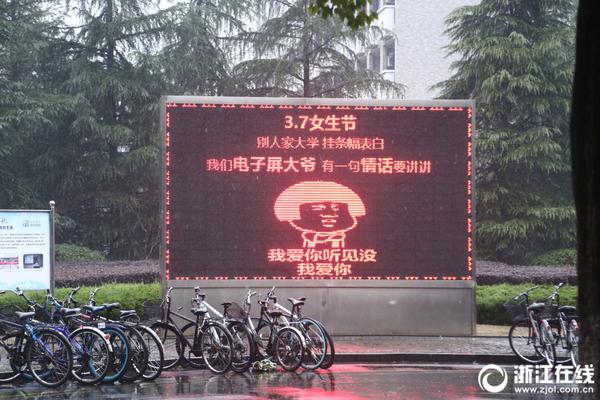 Agricultural machinery HS code lookups
Agricultural machinery HS code lookups
697.13MB
Check How to integrate trade data with RPA
How to integrate trade data with RPA
637.83MB
Check Segmenting data by HS code and region
Segmenting data by HS code and region
998.53MB
Check Exotic textiles HS code classification
Exotic textiles HS code classification
831.26MB
Check Comprehensive customs data libraries
Comprehensive customs data libraries
472.57MB
Check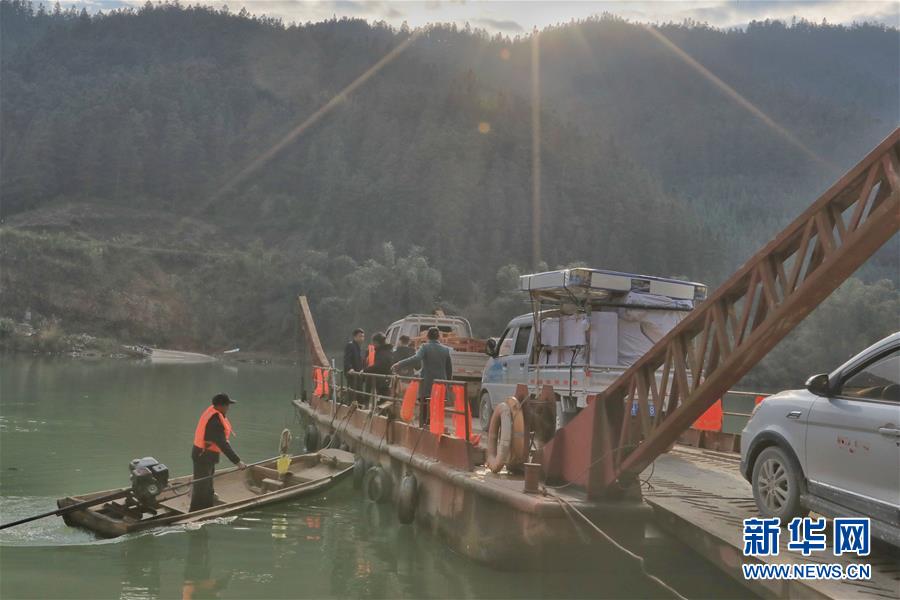 Trade data-driven policy analysis
Trade data-driven policy analysis
249.27MB
Check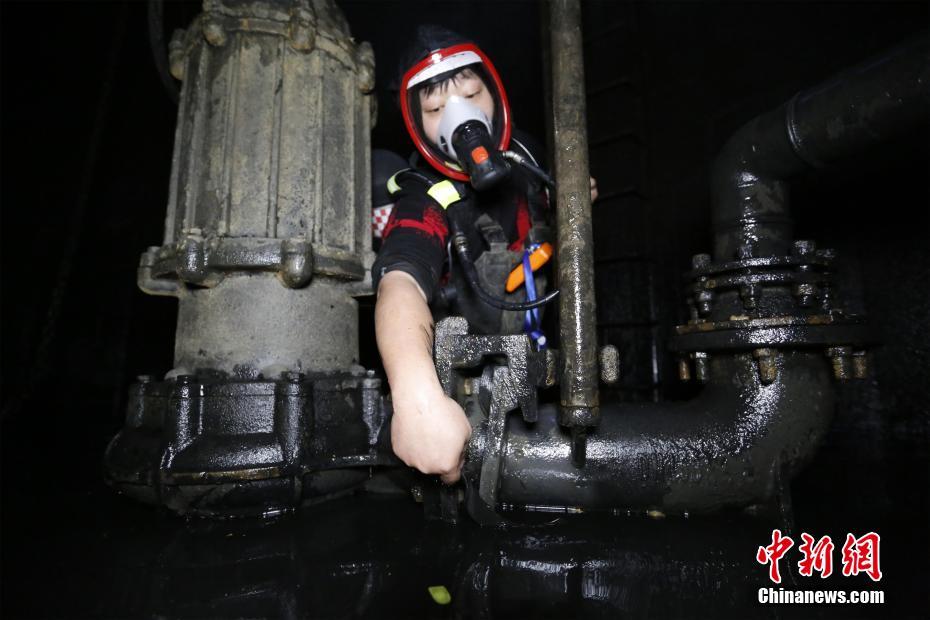 Shipment data platform
Shipment data platform
822.67MB
Check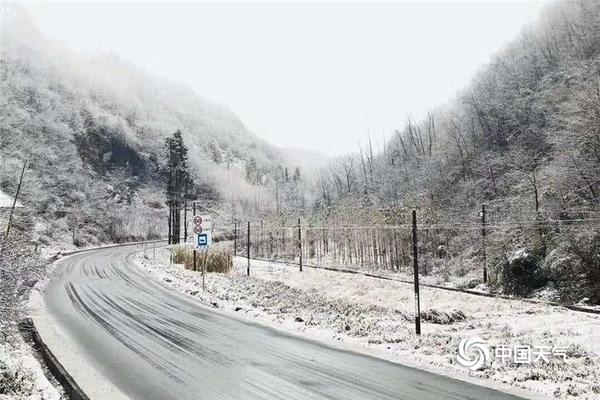 Comprehensive customs ruling database
Comprehensive customs ruling database
497.85MB
Check HS code lookup for Asia-Pacific markets
HS code lookup for Asia-Pacific markets
287.92MB
Check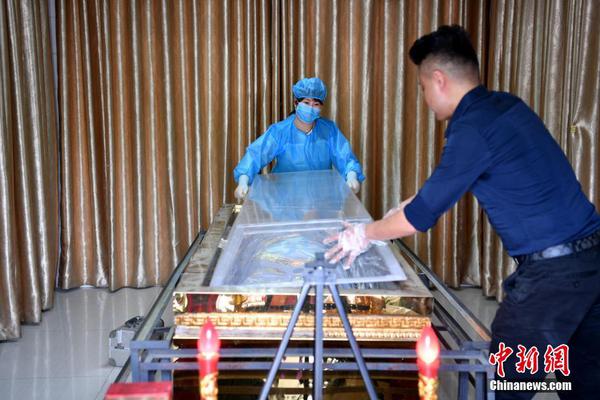 Maritime insurance via HS code data
Maritime insurance via HS code data
123.73MB
Check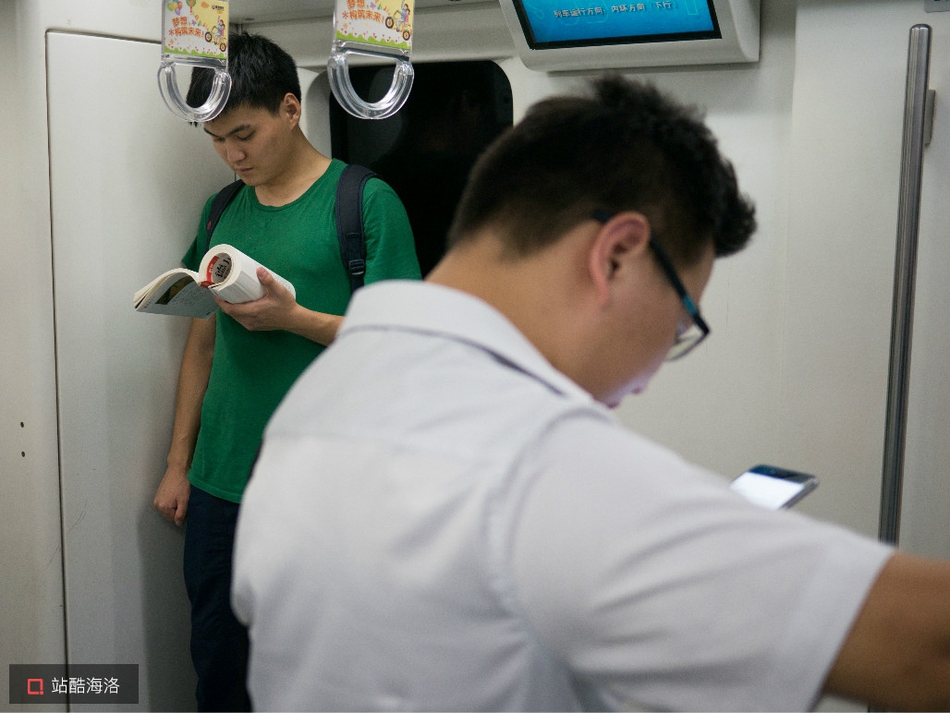 international trade research
international trade research
224.27MB
Check How to integrate trade data with RPA
How to integrate trade data with RPA
424.72MB
Check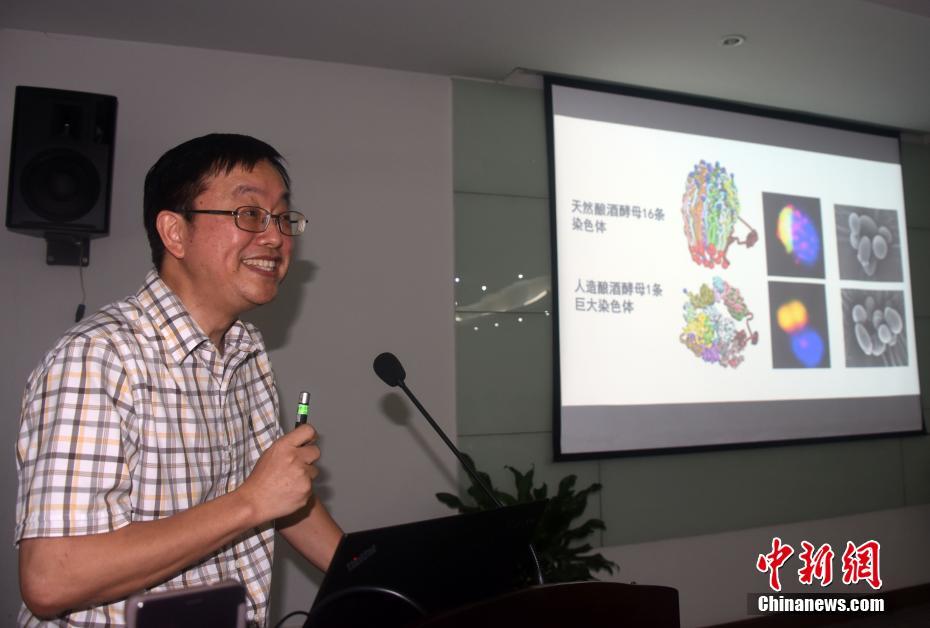 Deriving product origin via HS code
Deriving product origin via HS code
936.42MB
Check HS code monitoring in European supply chains
HS code monitoring in European supply chains
282.64MB
Check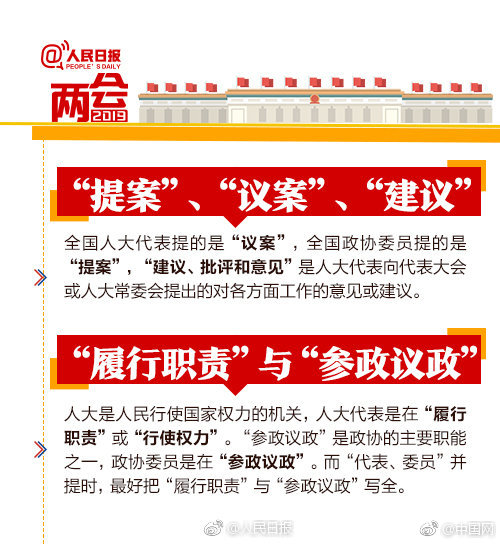 USA trade data analysis
USA trade data analysis
114.83MB
Check HS code research for EU markets
HS code research for EU markets
227.93MB
Check Industry-wise trade data breakdowns
Industry-wise trade data breakdowns
811.39MB
Check HS code correlation with global standards
HS code correlation with global standards
847.51MB
Check Sourcing intelligence from customs data
Sourcing intelligence from customs data
323.94MB
Check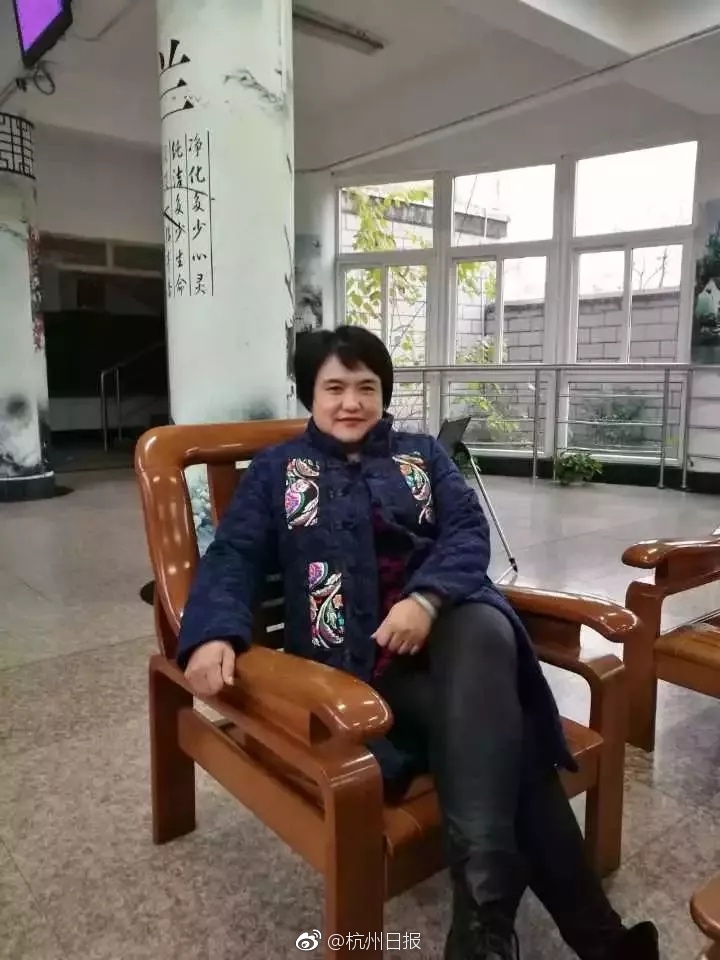 How to identify top importing countries
How to identify top importing countries
682.36MB
Check Grain imports HS code data trends
Grain imports HS code data trends
937.18MB
Check Global trade compliance dashboards
Global trade compliance dashboards
158.47MB
Check Textile finishing HS code analysis
Textile finishing HS code analysis
265.78MB
Check How to select the best trade data provider
How to select the best trade data provider
451.86MB
Check Identifying duty exemptions via HS code
Identifying duty exemptions via HS code
196.93MB
Check How to optimize shipping schedules
How to optimize shipping schedules
294.61MB
Check Medical reagents HS code verification
Medical reagents HS code verification
216.14MB
Check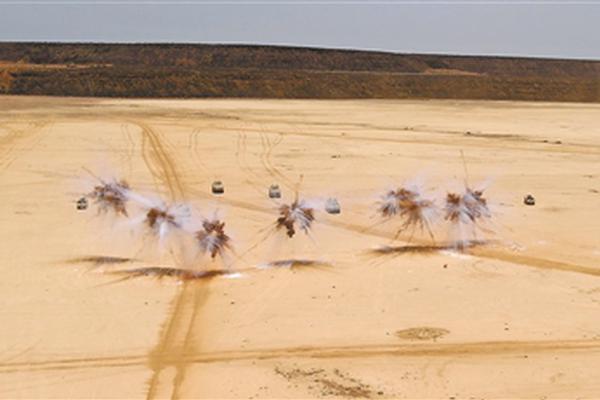 Pharmaceutical HS code compliance in India
Pharmaceutical HS code compliance in India
754.46MB
Check Trade finance data solutions
Trade finance data solutions
929.84MB
Check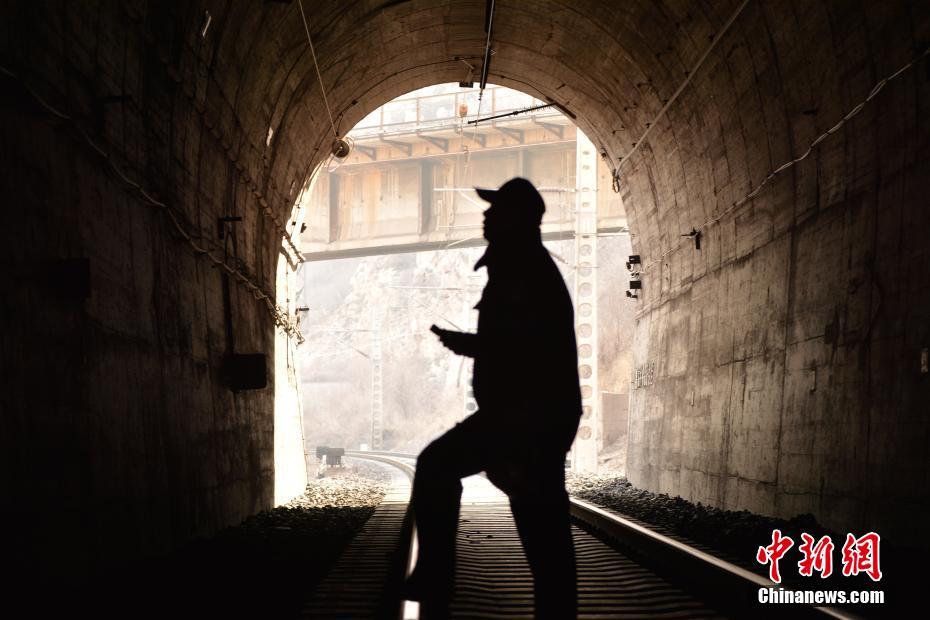 How to use trade data for pricing strategy
How to use trade data for pricing strategy
251.95MB
Check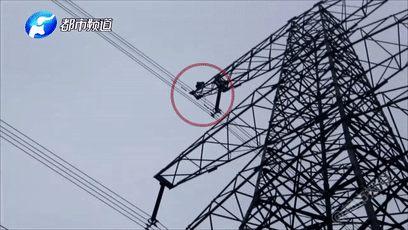 Real-time customs data reports
Real-time customs data reports
522.71MB
Check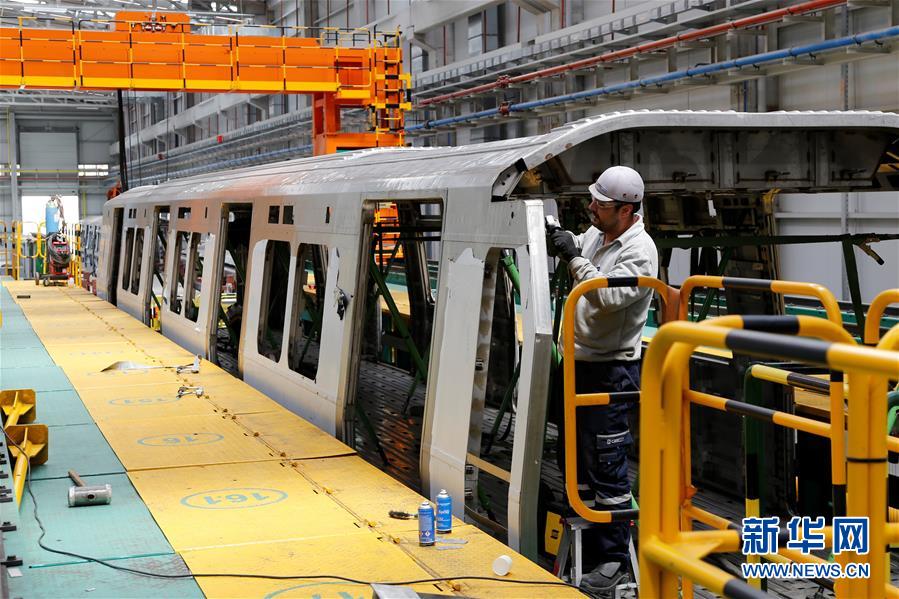 Refined sugar HS code identification
Refined sugar HS code identification
171.14MB
Check
Scan to install
How to ensure trade compliance audits to discover more
Netizen comments More
1395 HS code-driven market entry strategy
2024-12-23 23:18 recommend
2155 Real-time trade document filing
2024-12-23 22:43 recommend
2691 How to analyze global export trends
2024-12-23 21:44 recommend
1825 Trade data for market diversification
2024-12-23 21:40 recommend
168 How to find HS code data for specific countries
2024-12-23 21:08 recommend